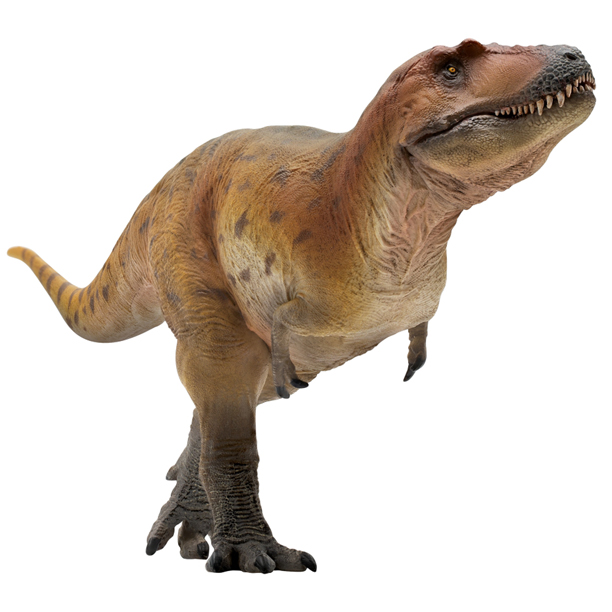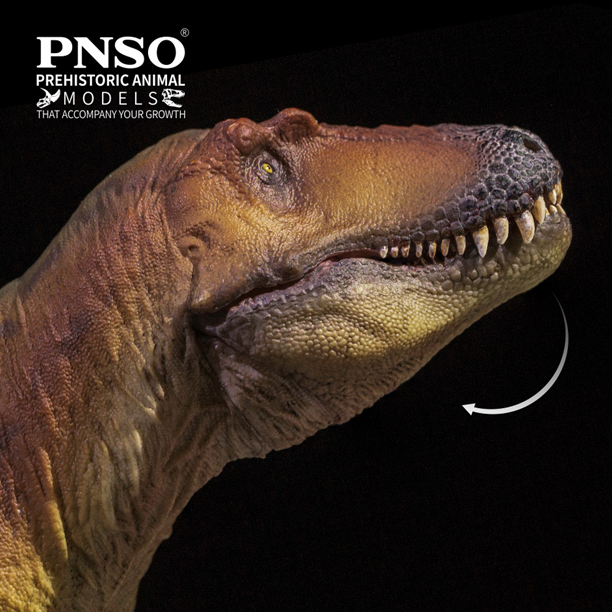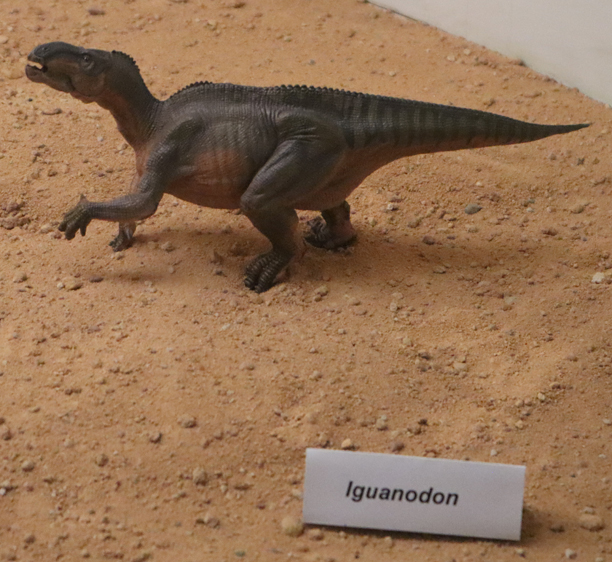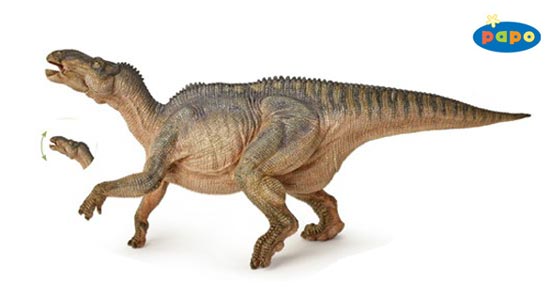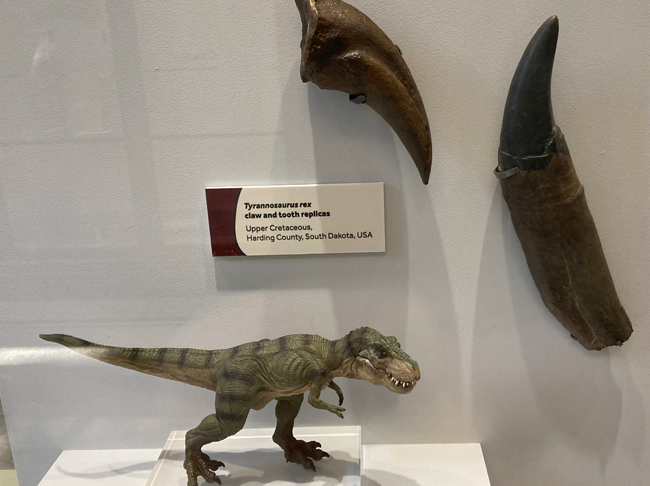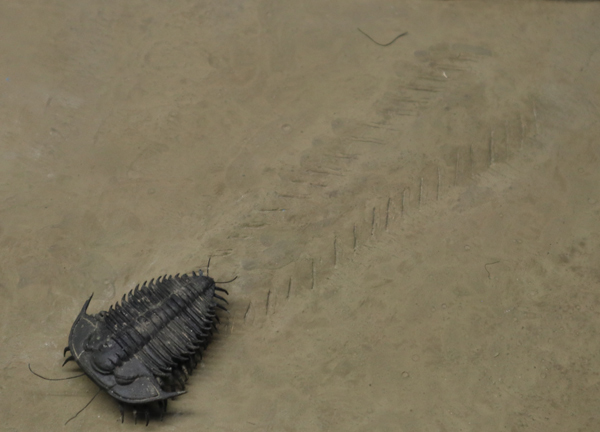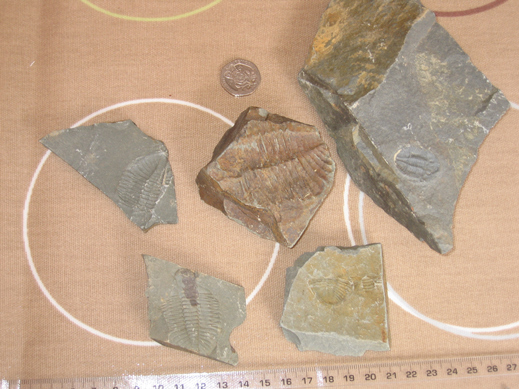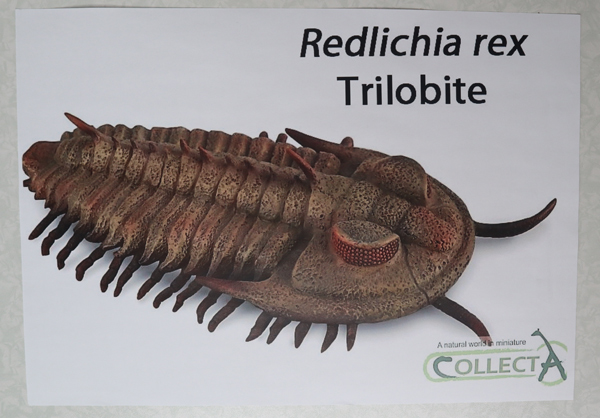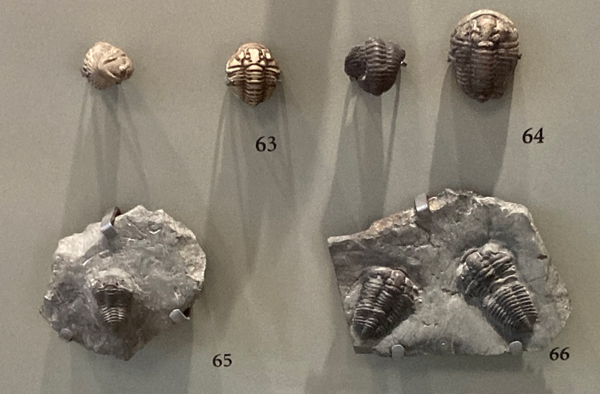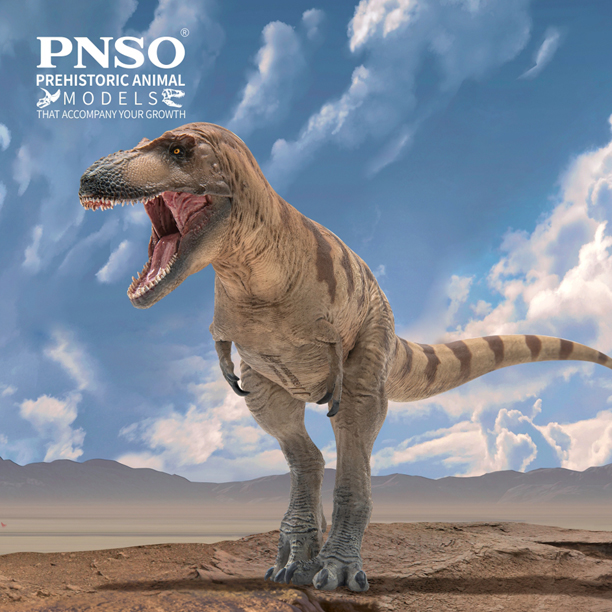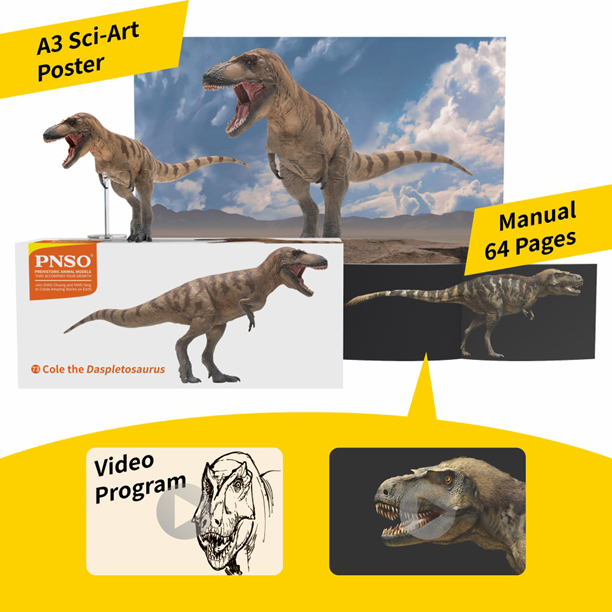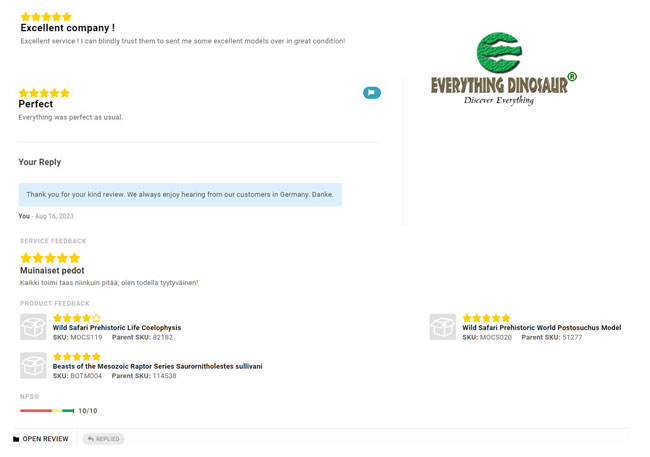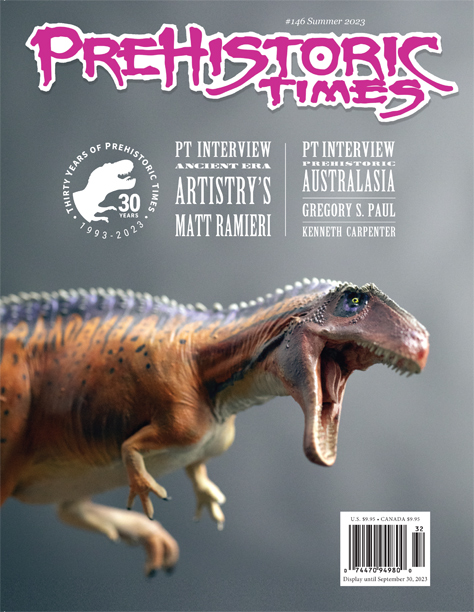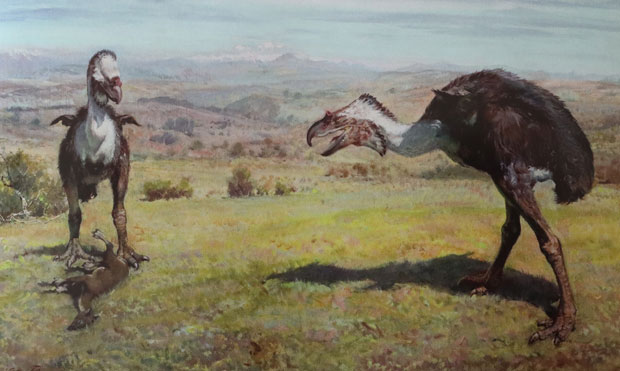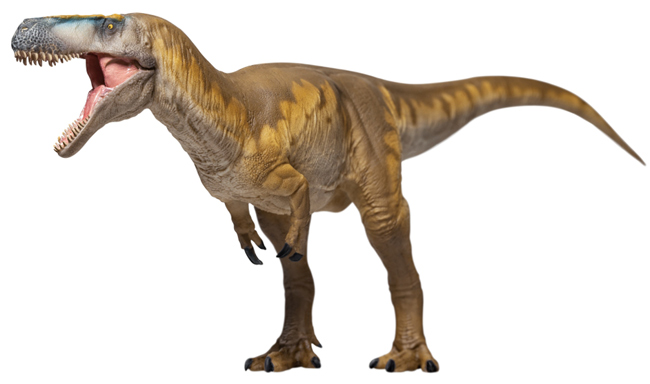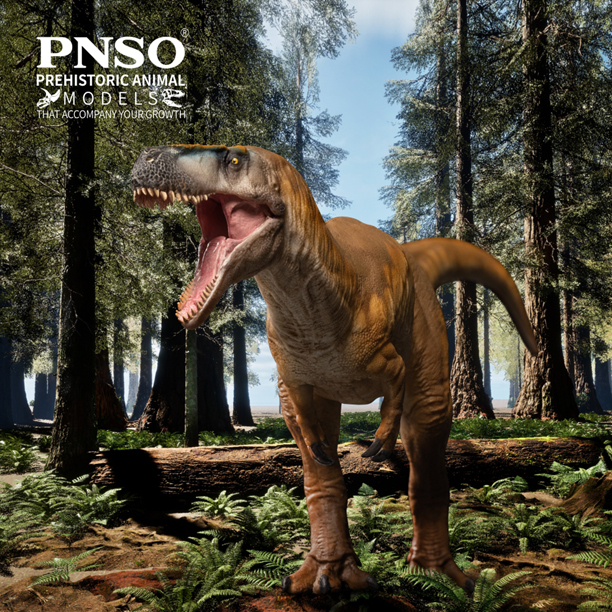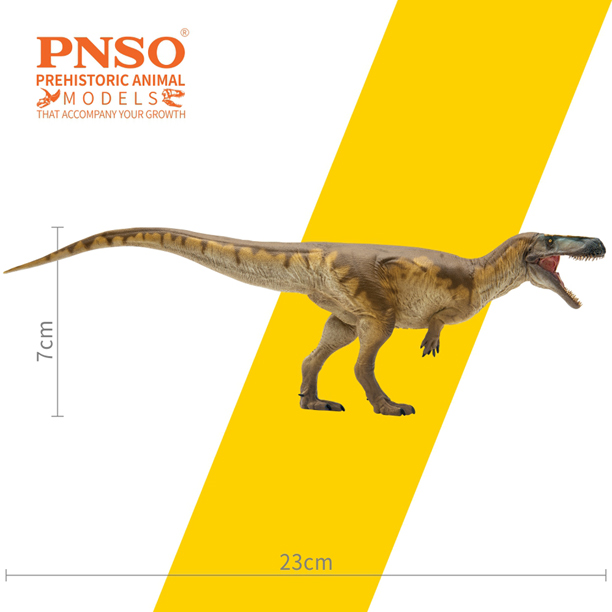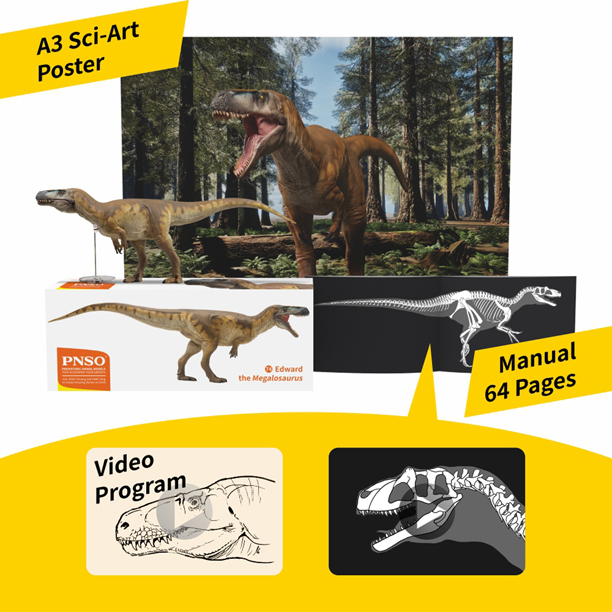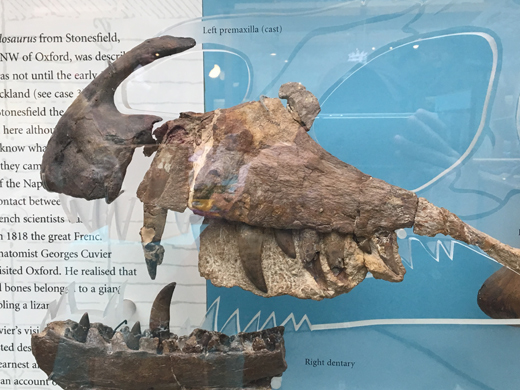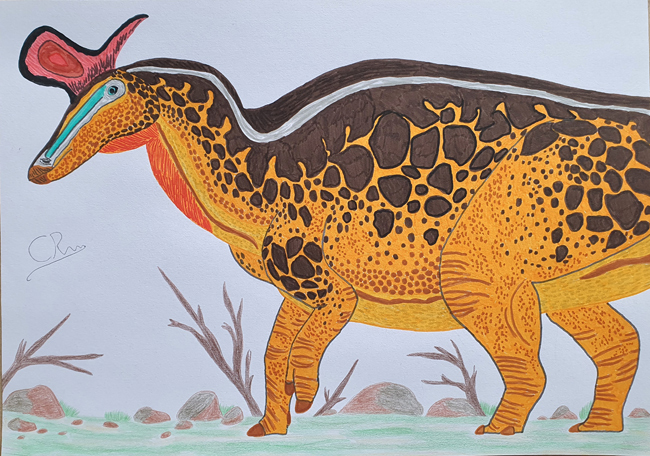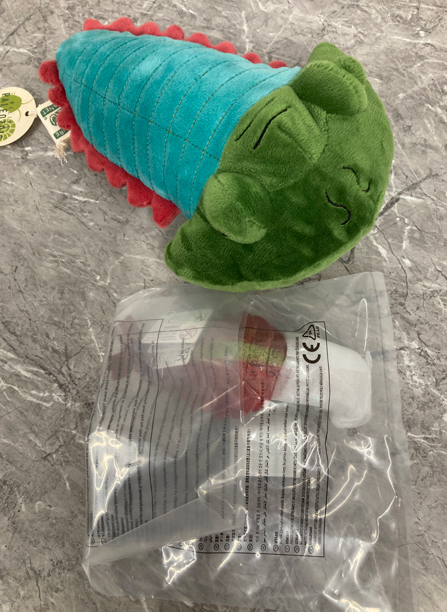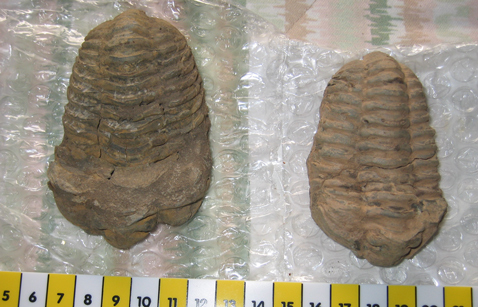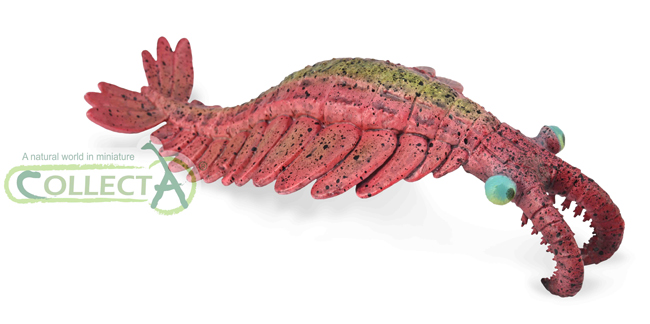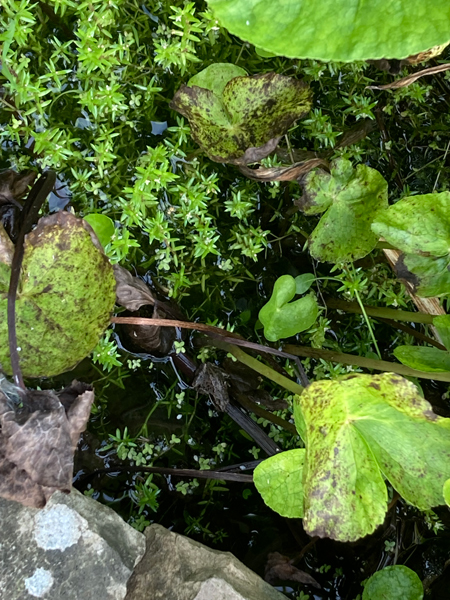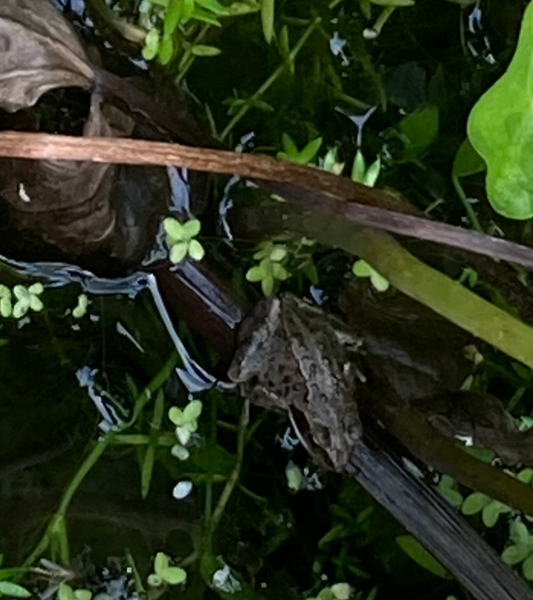New PNSO Keynes the Lythronax is Reviewed
Our thanks to model collector and dinosaur fan William who sent into Everything Dinosaur his review of the PNSO Keynes the Lythronax figure. William is very keen on the PNSO Age of Dinosaurs model range, and he enjoys reviewing their figures.
He commented:
“Keynes is a superbly accurate Lythronax argestes figure. Stunning from the top of the head to the tip of his tail. I am really looking forward to getting the PNSO Albertosaurus and Gorgosaurus in the next few weeks.”
PNSO Keynes the Lythronax Dinosaur Model
The reviewer described the head of the Lythronax as “robust”. A comment was made about this powerful head smashing into the skulls of coeval Diabloceratops. The design team at PNSO were praised for the model’s accuracy. The prominent pair of lacrimal crests were highlighted, and it was pointed out that this figure of the “King of Gore” had an articulated lower jaw.
It was noted that the majority of PNSO’s theropod figures had striped bodies. The reviewer suggested that the colour and pattern choice had taken inspiration from the Felidae.
William commented that he had twenty-five PNSO theropod dinosaur figures in his collection.
To view the range of PNSO models and replicas available from Everything Dinosaur: PNSO Age of Dinosaurs.
Praising Team Members at Everything Dinosaur
In concluding his review, William praised the team members at Everything Dinosaur. He commented that during these uncertain times and right through the pandemic Everything Dinosaur was always there and supportive. He thanked the company for updating their social media platforms and doing their best to keep model collectors informed.
William went onto add:
“Parcel and product packaging is secure and strong. This company could teach the big guys of the web and high street a thing or two when it comes to the level of packaging and dedication to delivery.”
Our thanks to William for his kind words and for the PNSO Keynes the Lythronax model review.
Visit the website of Everything Dinosaur: Everything Dinosaur.


